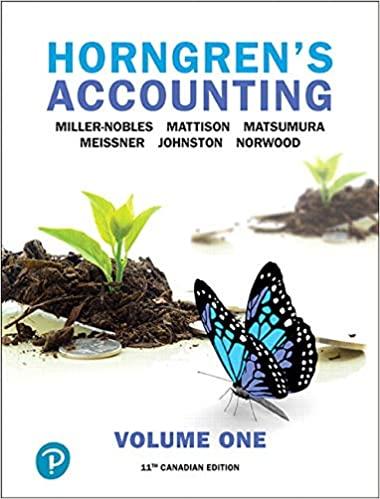Standard Motor Products makes aftermarket auto parts for repairs and replacement that are sold by warehouse distributors like Carquest and NAPA (National Automotive Parts Association) and auto parts retailers like Advance Auto Parts and Auto-Zone. Its products include emission and engine controls, voltage regulators, sensors, ignition wires, distributor caps and rotors, ignition and electrical parts, air-conditioning compressors, accumulators, fan clutches, heater cores and valves, evaporators, hoses, and window lift motors. Although the aftermarket auto parts market was $56 billion in 2008, it's incredibly competitive, and companies that don't continue to improve quickly lose market share and profits. Right now, Standard Motor Products is struggling. Downtimewhen machines aren't runningis up significantly, and, when parts aren't being produced, revenues aren't being generated. Not surprisingly, productivity is also down, and costs are up. Since Standard competes in an industry where the difference between a profit and a loss is three cents per hose, it can't continue to incur rising costs. The company is already losing millions per year and is closing down money-losing production facilities. You're worried that your plant, which is facing a perfect storm of problems, is next. Problem number one is a top-down, authoritarian culture where managers pride themselves on being tough on workers. Combine that with a work force that is 50 percent unionized, and let's just say there's no love lost between managers and workers. Second, the workers dislike each other, too. Language difficulties separate the white and African American workers from the Hispanic and Asian workers. In fact, negative feelings were so strong that when the company introduced English language classes, almost no one attended. With their noise and nonstop pressure to keep costs low, quality high, and production on schedule, manufacturing plants are already challenging places to work. Stir in an authoritarian culture, intense hostility between labor and management, a militant employee union, basic communication/language problems between employees, and hard feelings all around, and you've got the recipe for poor results that e down. In response to this situz structure at the Edwardsville, Kansas plant This problem has been solved! ghest level of autonomy. Consequently, the teams nd who does or does not become a member of each See the answer lucts shares the financial value of performance gair orkers. The company hands out cash awards ea in terms of increased productivity, quality, returned products, and safety. In the first year of the program, the average annual award at the Edwardsville plant was $2,000 per employee. Refer to Standard Motor Products. When Standard Motor Products' Edwardsville plant decided to give its Standard Motor Products makes aftermarket auto parts for repairs and replacement that are sold by warehouse distributors like Carquest and NAPA (National Automotive Parts Association) and auto parts retailers like Advance Auto Parts and Auto-Zone. Its products include emission and engine controls, voltage regulators, sensors, ignition wires, distributor caps and rotors, ignition and electrical parts, air-conditioning compressors, accumulators, fan clutches, heater cores and valves, evaporators, hoses, and window lift motors. Although the aftermarket auto parts market was $56 billion in 2008, it's incredibly competitive, and companies that don't continue to improve quickly lose market share and profits. Right now, Standard Motor Products is struggling. Downtimewhen machines aren't runningis up significantly, and, when parts aren't being produced, revenues aren't being generated. Not surprisingly, productivity is also down, and costs are up. Since Standard competes in an industry where the difference between a profit and a loss is three cents per hose, it can't continue to incur rising costs. The company is already losing millions per year and is closing down money-losing production facilities. You're worried that your plant, which is facing a perfect storm of problems, is next. Problem number one is a top-down, authoritarian culture where managers pride themselves on being tough on workers. Combine that with a work force that is 50 percent unionized, and let's just say there's no love lost between managers and workers. Second, the workers dislike each other, too. Language difficulties separate the white and African American workers from the Hispanic and Asian workers. In fact, negative feelings were so strong that when the company introduced English language classes, almost no one attended. With their noise and nonstop pressure to keep costs low, quality high, and production on schedule, manufacturing plants are already challenging places to work. Stir in an authoritarian culture, intense hostility between labor and management, a militant employee union, basic communication/language problems between employees, and hard feelings all around, and you've got the recipe for poor results that e down. In response to this situz structure at the Edwardsville, Kansas plant This problem has been solved! ghest level of autonomy. Consequently, the teams nd who does or does not become a member of each See the answer lucts shares the financial value of performance gair orkers. The company hands out cash awards ea in terms of increased productivity, quality, returned products, and safety. In the first year of the program, the average annual award at the Edwardsville plant was $2,000 per employee. Refer to Standard Motor Products. When Standard Motor Products' Edwardsville plant decided to give its







